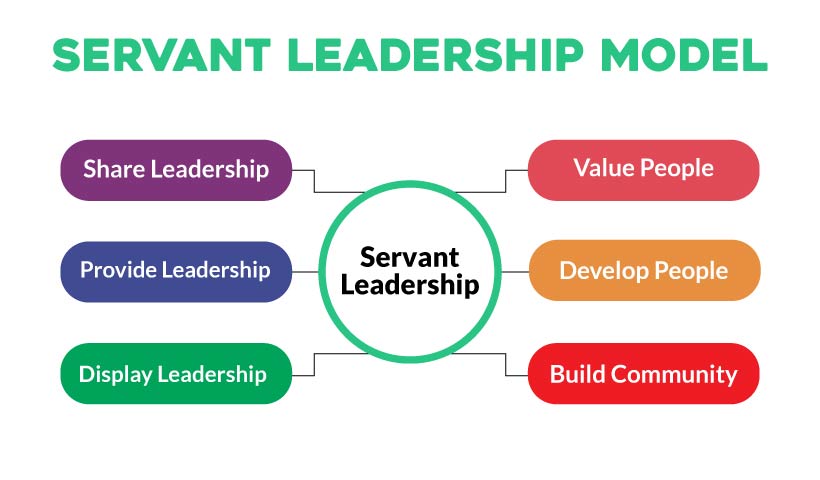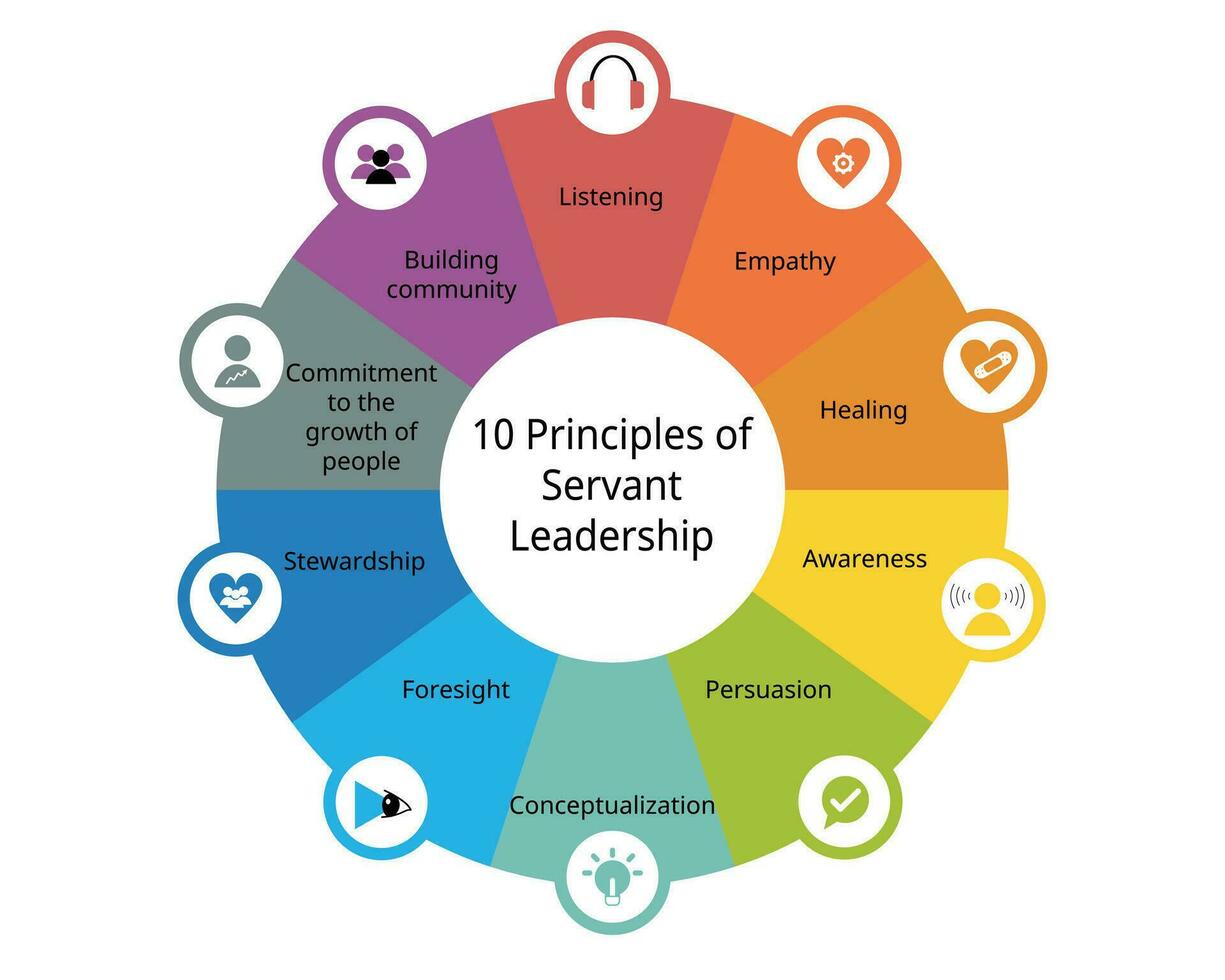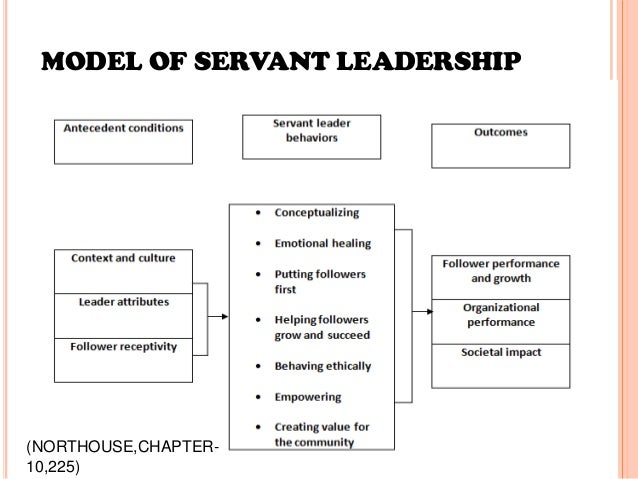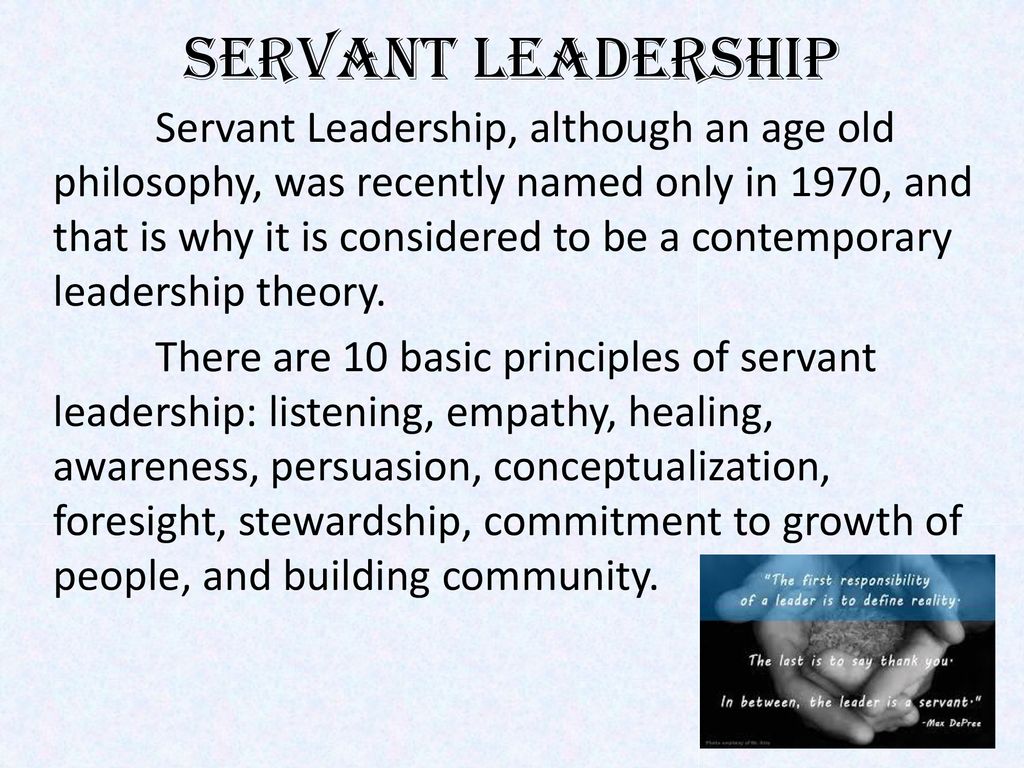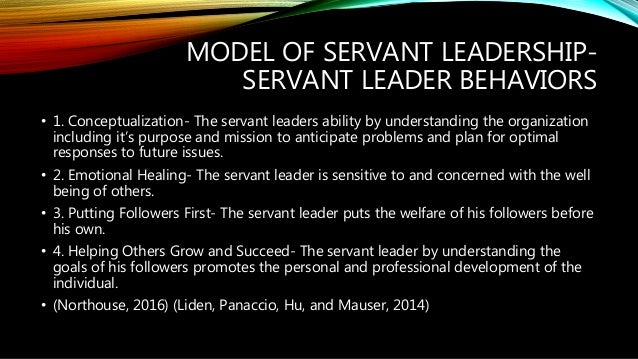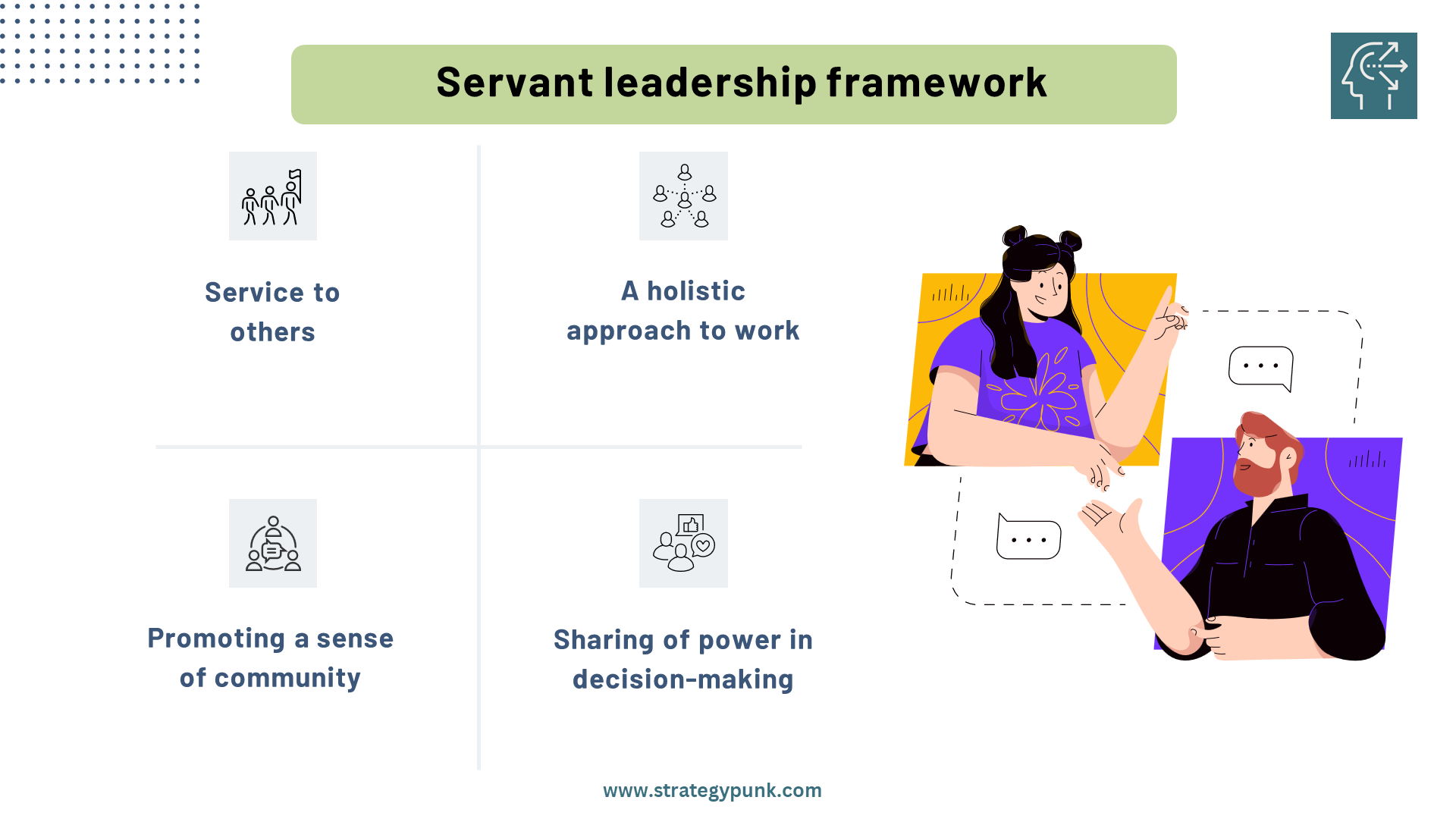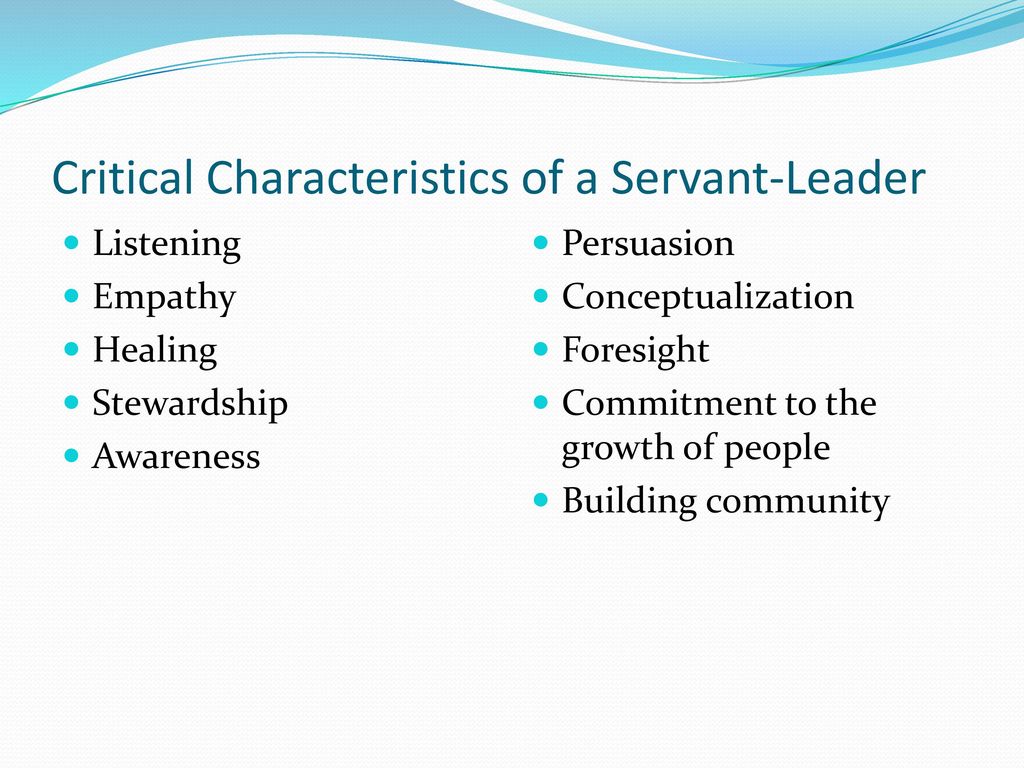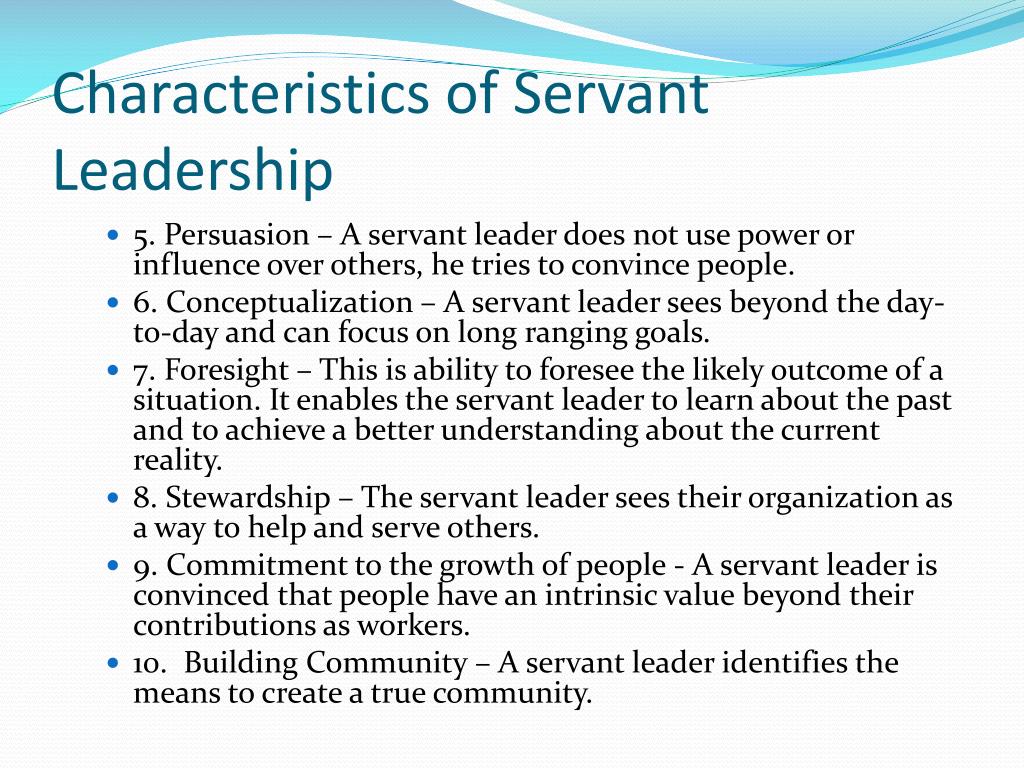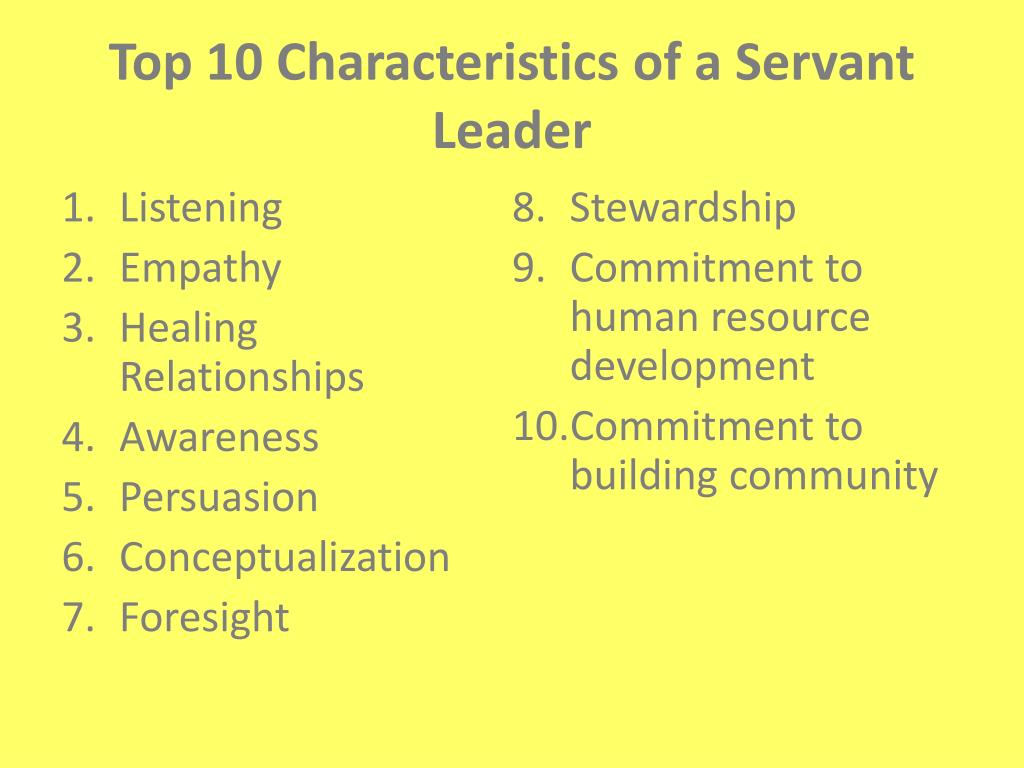Conceptualization In Servant Leadership
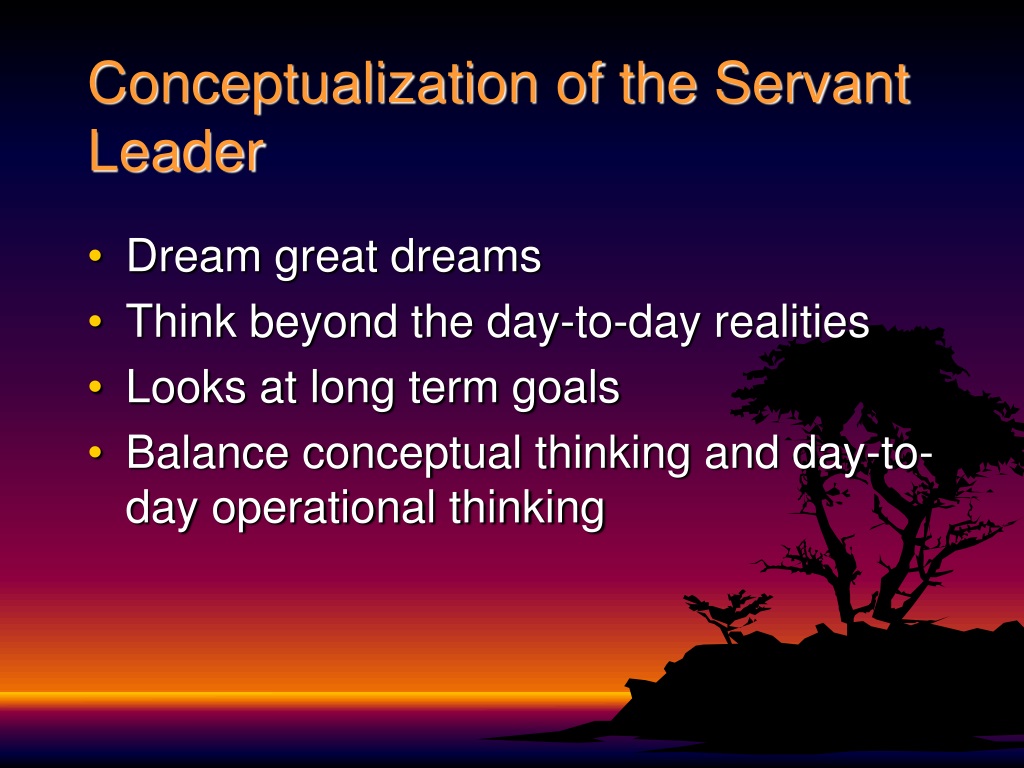
In the high-stakes world of leadership, where bottom lines often overshadow human connection, a quiet revolution is brewing. The concept of Servant Leadership, once relegated to academic discussions, is now gaining traction across industries. Its focus on prioritizing the needs of others is challenging traditional hierarchical models and forcing organizations to rethink their approaches to management and employee engagement.
At its core, servant leadership emphasizes a leader's commitment to serving their team, fostering growth, and empowering individuals. This paradigm shift requires a deep understanding of conceptualization, the ability to dream beyond the immediate and see the larger, long-term potential of both individuals and the organization as a whole. But what does conceptualization truly mean within the framework of servant leadership, and how is it reshaping the leadership landscape?
Understanding Conceptualization in Servant Leadership
Conceptualization, in the context of servant leadership, is more than just strategic planning. It involves a leader's capacity to grasp the 'big picture,' to understand the interconnectedness of various organizational elements, and to envision future possibilities that align with the needs and aspirations of their team members. This includes anticipating challenges, identifying opportunities, and creating a shared vision that inspires collective action.
According to the Larry C. Spears Center for Servant Leadership, conceptualization is one of the ten key characteristics of a servant leader. It enables leaders to "nurture their abilities to dream great dreams," allowing them to see beyond day-to-day realities and articulate compelling visions for the future. This ability to envision the future allows servant leaders to guide their teams towards innovation and sustainable growth.
Professor Peter Block, author of "Stewardship: Choosing Service Over Self-Interest," highlights that conceptualization is deeply rooted in understanding the power of possibility. He explains that servant leaders use their intuition and foresight to create environments where individuals can unlock their potential and contribute meaningfully to the organization's goals.
The Practical Application of Conceptualization
Implementing conceptualization requires a conscious effort from leaders to cultivate their visionary capabilities. This means actively listening to team members, soliciting feedback, and engaging in open dialogue to understand their perspectives and aspirations. It also involves staying abreast of industry trends, market dynamics, and emerging technologies to identify opportunities for innovation and growth.
A key aspect of conceptualization is its emphasis on aligning individual goals with the broader organizational vision. Servant leaders work to create a shared understanding of purpose, ensuring that everyone feels valued, empowered, and connected to something larger than themselves. This involves clearly articulating the organization's mission, values, and strategic objectives, and demonstrating how each team member's contribution aligns with these goals.
Consider, for example, a software development company where the project manager embraces servant leadership. Instead of simply assigning tasks, this manager would take the time to understand each developer's strengths, interests, and career aspirations. They might then conceptualize projects that not only meet the company's needs but also provide opportunities for developers to learn new skills and pursue their passions. This approach fosters a sense of ownership, engagement, and loyalty, leading to higher productivity and employee retention.
Challenges and Criticisms
Despite its growing popularity, servant leadership, and its emphasis on conceptualization, faces its share of critics. Some argue that its focus on serving others can lead to indecisiveness, slow decision-making, and a lack of accountability. Others contend that it may be difficult to implement in highly competitive or fast-paced environments where efficiency and results are paramount.
Furthermore, successfully practicing conceptualization requires a high degree of self-awareness, empathy, and emotional intelligence. Leaders must be able to put their own needs aside and genuinely prioritize the well-being and development of their team members. This can be a challenge for individuals who are accustomed to traditional hierarchical leadership styles.
However, proponents of servant leadership argue that these challenges can be overcome with proper training, coaching, and a commitment to continuous improvement. They emphasize that servant leadership is not about being weak or indecisive but rather about empowering others to take ownership, make decisions, and contribute their best work.
The Future of Conceptualization in Leadership
As organizations grapple with the complexities of the modern business environment, the demand for effective and ethical leadership is only going to increase. Conceptualization, as a core component of servant leadership, offers a powerful framework for building trust, fostering collaboration, and driving sustainable growth.
Organizations that embrace servant leadership principles are more likely to attract and retain top talent, foster innovation, and build a strong sense of community. By prioritizing the needs of others and empowering individuals to reach their full potential, servant leaders can create organizations that are not only successful but also make a positive impact on society. The ability to conceptualize a better future, both for individuals and the organization, will be a critical skill for leaders navigating an increasingly complex world.
The rise of remote work and distributed teams further underscores the importance of conceptualization. Leaders must now be able to connect with team members on a deeper level, understand their unique challenges and aspirations, and create a shared vision that transcends geographical boundaries. This requires a heightened sense of empathy, communication, and the ability to inspire trust from a distance.
"Servant leadership is not about power or control; it is about empowering others to use their talents and contribute to something greater than themselves." - Robert K. Greenleaf, The Servant as Leader.
